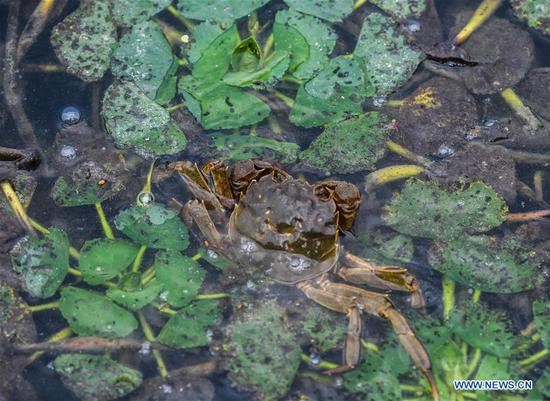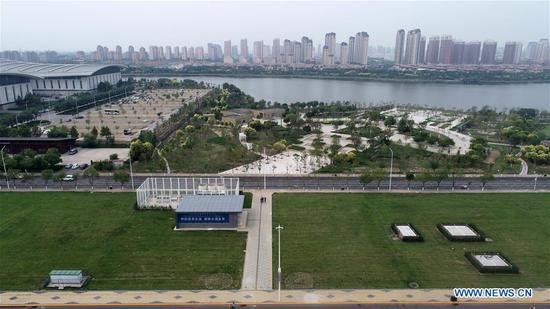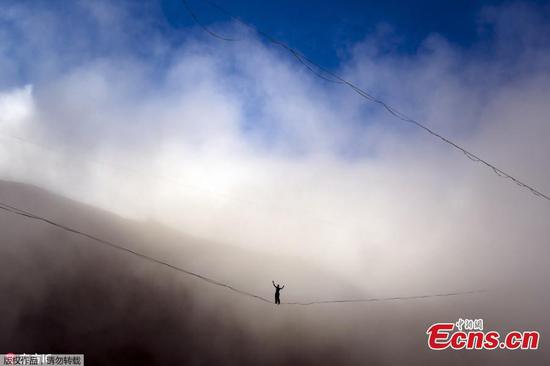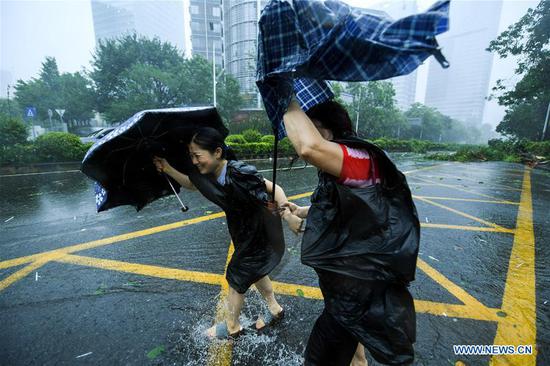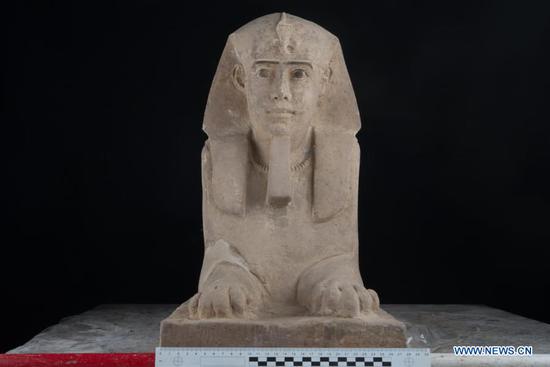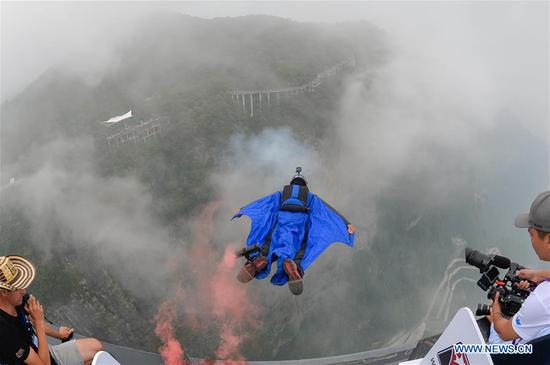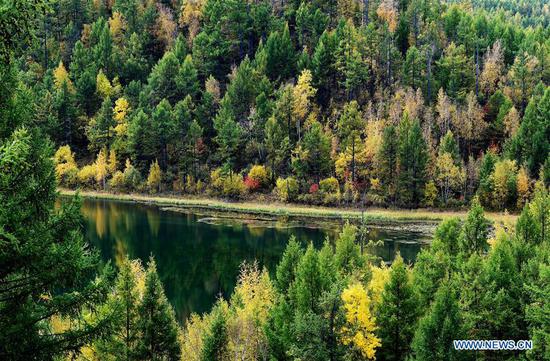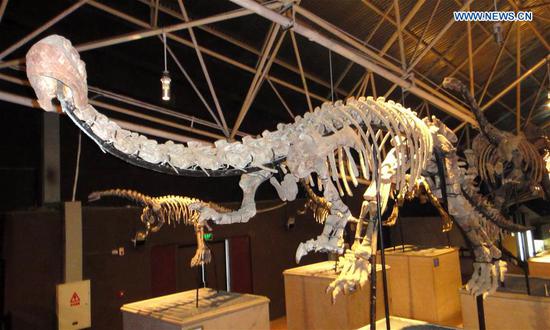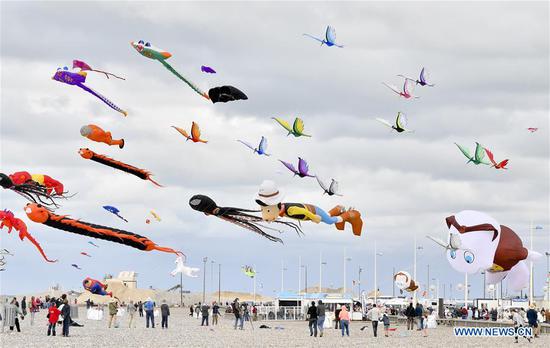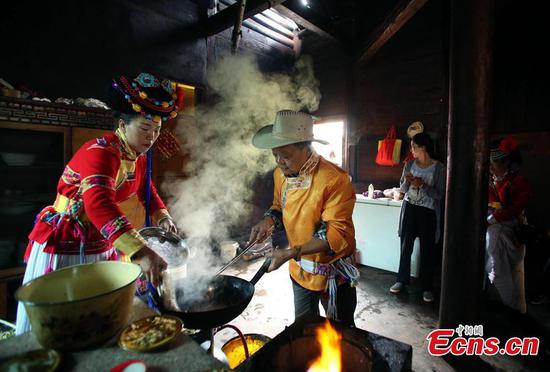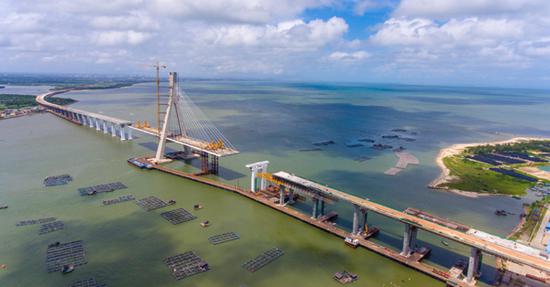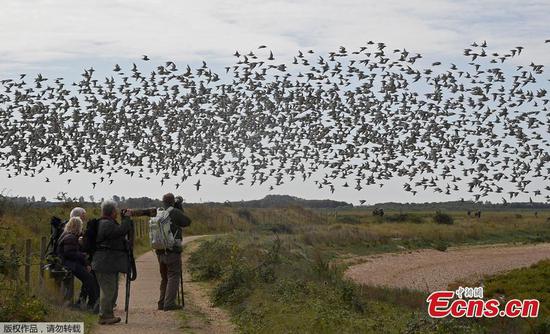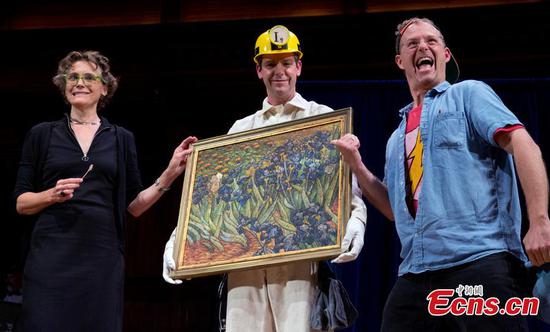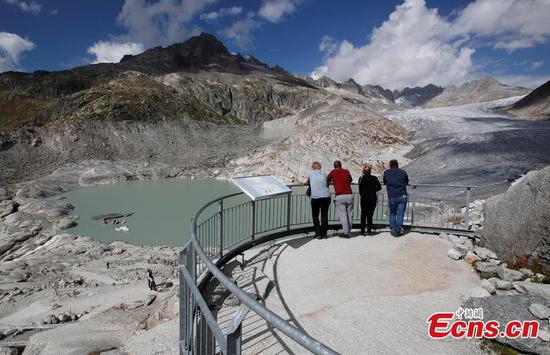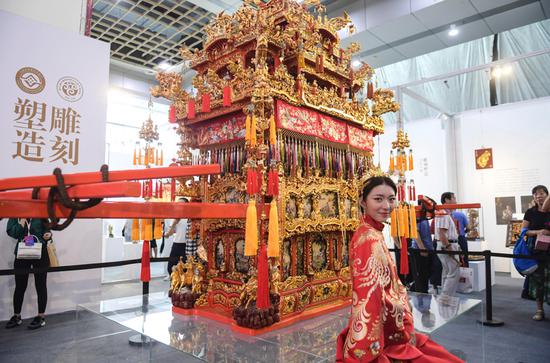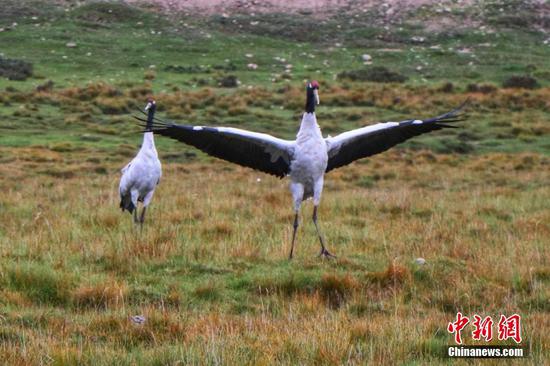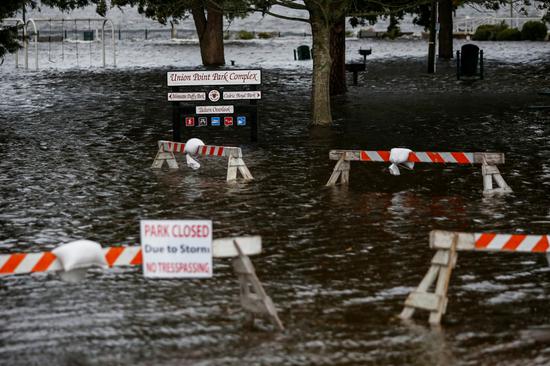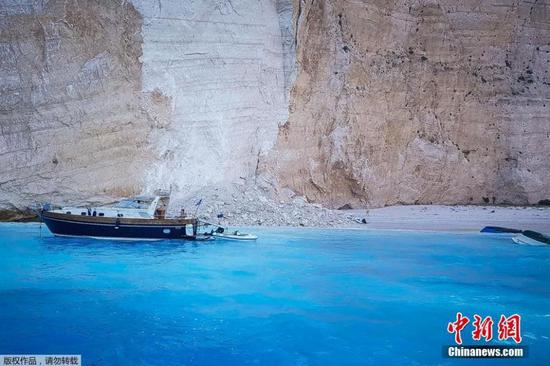A new exhibition featuring more than 70 landscape paintings from the Tate Britain museum, Landscape of the Mind - Masterpieces from Tate Britain (1700-1980), kicked off at the National Art Museum of China on Wednesday.
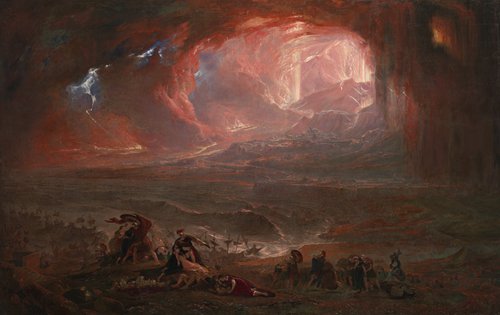
"This exhibition covers many famous British artists, some of whom are familiar to Chinese audiences like Thomas Gainsborough (1727-1788), Joseph Mallord William Turner (1775-1851) and John Constable (1776-1873)," Alex Farquharson, the director of Tate Britain, said at the opening ceremony for the exhibition.
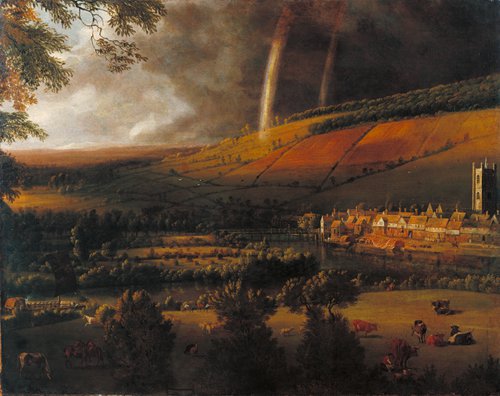
Known as the National Gallery of British Art from 1897 to 1932 and the Tate Gallery from 1932 to 2000, the Tate Britain is one of the oldest galleries in the Tate network which includes Tate Modern, Tate Liverpool and Tate St Ives.
"Tate Britain is famed for its huge and various collection of paintings from the 15th century to modern times," Wu Weishan, the director of the National Art Museum of China, said at the opening.
"Many of these paintings are here in China for the first time, " Richard Humphreys, the curator of the exhibition, noted at the opening.
"Instead of being overwhelmed by all the pieces around here, my suggestion is to use your eyes to feel each one," he said.
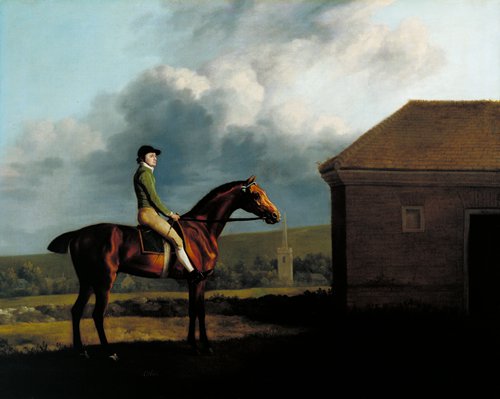
British landscape history
In British art history, landscapes appeared at first only as part of the background for portrait paintings. It wasn't until 1700, when the public began taking an interest in pure landscape paintings, that they began gaining ground. Throughout the 16th century, portrait paintings remained the supreme genre, but entering the 18th century landscape paintings finally began challenging portraits for the top spot.
Covering nearly 300 years of British landscape painting history, the exhibition is divided into four sections arranged in chronological order.
The first section, Looking and Dreaming, explores the two main themes found in landscape paintings when they first began appearing, paintings of actual places and scenes of places that could only be found in the imagination of the artist. The works of this time reflect the patriotism of British artists, as they depict in fine detail the development of British society and the pride they felt for their hometowns.
As the name of the second section indicates, the Classic and Romantic section focuses on classical paintings and expression of feelings. The highlights of the Romantic paintings in this section come from two great artists, Claude Lorrain (1600-1682) and Nicholas Poussin (1594-1665), whose works tended to be religious in nature or depicted stories from literature.
Romantic landscape paintings rose to prominence at the end of the 18th century, when artists in Britain sought to imbue natural scenery with emotion. For this reason, depictions of thunderstorms or earthquakes frequently appeared to depict power, anger and destruction.
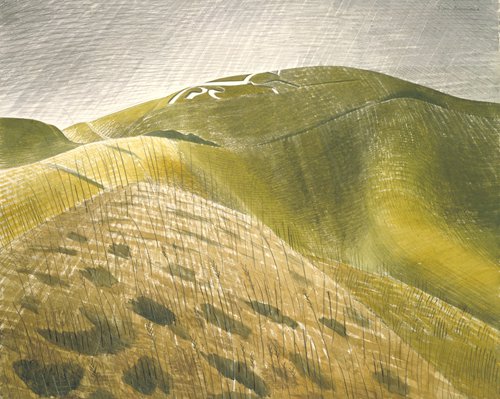
Entering the modern era
The third section, Naturalism and Impressionism, starts with the early 19th century. Naturalism was born when artists began looking for more accurate ways to depict nature. While the paintings in this school tended to feel more ordinary, they excelled when it came to depicting fine detail. As for Impressionism, the trend reached Britain from France, where the famous Claude Monet (1840-1926) established a new style of using light and gentle color to depict natural views. From this, British artists started to absorb Monet's style and explore their own, such as Jeorge Clausen (1852-1944) who used this style to depict the lives of poor farmers.
Last but not least, Early Modern and Late Modern Landscapes is the fourth section.
Around the 1950s, British artists became involved in a variety of trends coming from the US and some countries in Europe which inspired them to leave old methods behind and experiment. The British artists of the period tried new ways such as using photos and writings to portray landscapes. Some even turned to sculptures created from gathered stones and pieces of wood. Landscape art was now an open space where any new form of depicting scenic beauty was encouraged.
"Britain and China are two countries of culture that have long histories," Wu emphasized at the conference.
"We both have our own unique way of portraying nature and emotions. We hope that all these beautiful visions can be passed on to our visitors."
The exhibition is scheduled to end on November 6.











